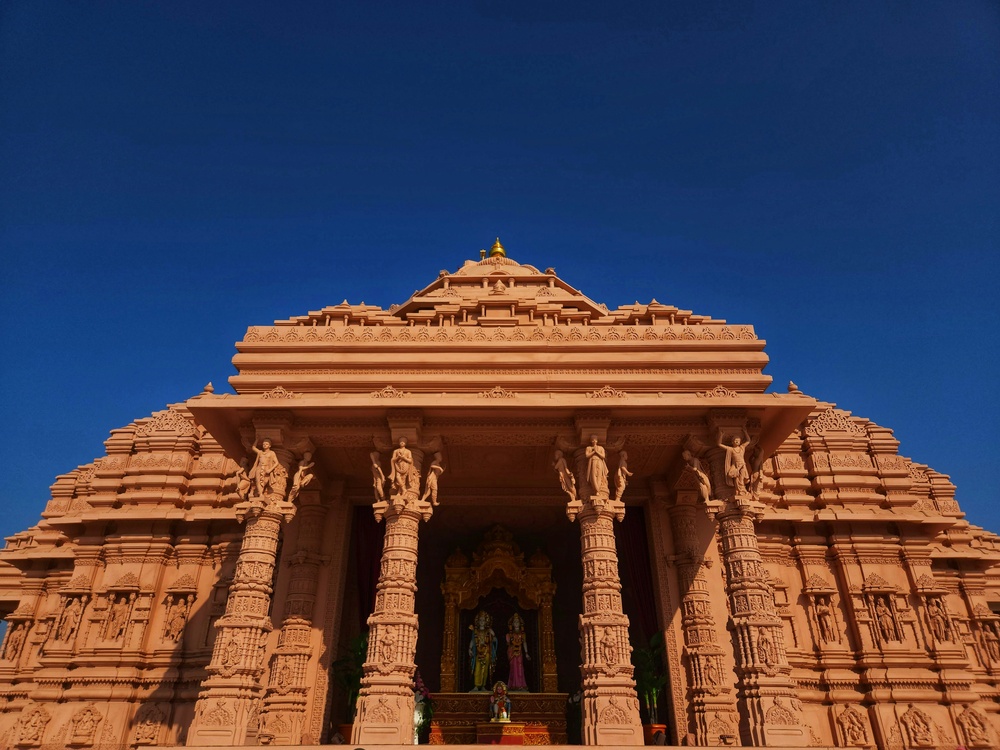Exploring Ayodhya: Best Tourist Places for Devotees and History Buffs
Ayodhya, often hailed as the “City of Rama,” is a destination that offers a profound blend of spirituality, history, and culture. Nestled on the banks of the sacred Sarayu River in Uttar Pradesh, India, Ayodhya is one of the most significant pilgrimage sites for Hindus and a treasure trove for history enthusiasts. Whether you are a devoted pilgrim or a curious history buff, exploring Ayodhya tourist places reveals layers of ancient tales, architectural marvels, and religious fervor.
Why Ayodhya is a Must-Visit
Ayodhya is famously known as the birthplace of Lord Rama, a central figure in the Hindu epic Ramayana. The city’s spiritual significance draws millions of devotees every year. Simultaneously, its rich history—from ancient kingdoms to Mughal-era influences—offers history lovers fascinating stories to uncover. The harmonious coexistence of myth and history makes Ayodhya a unique travel destination.
Top Ayodhya Tourist Places for Devotees and History Buffs
1. Ram Janmabhoomi
The centerpiece of Ayodhya’s spiritual and historical landscape, Ram Janmabhoomi, is believed to be the exact spot where Lord Rama was born. The site has been a focal point of devotion, controversy, and revival. Today, it stands as a symbol of faith and hope, with the grand Ram Temple under development, promising a magnificent architectural marvel that history buffs will appreciate.
2. Hanuman Garhi
For devotees, Hanuman Garhi is a sacred temple dedicated to Lord Hanuman, the devoted companion of Lord Rama. Located atop a hill, it provides stunning views of the city and a spiritually uplifting atmosphere. History enthusiasts will also appreciate the temple’s age-old traditions and role in local culture.
3. Kanak Bhawan
Kanak Bhawan is a splendid temple known for its golden spires and intricate craftsmanship. According to legends, it was a gift to Lord Rama and Sita from Queen Kaikeyi. The temple’s architecture is a splendid example of religious art and history intertwined, making it a must-see for both pilgrims and historians.
4. Saryu River Ghats
The ghats along the Saryu River are vibrant centers of religious activity. Pilgrims gather here for holy dips, rituals, and evening aartis. For history buffs, the ghats offer a glimpse into ancient river worship traditions and the timeless connection between Ayodhya and the Sarayu.
5. Treta Ke Thakur
This temple marks the place where Lord Rama is believed to have performed the Ashwamedha Yagna, a grand Vedic ritual. Treta Ke Thakur showcases ancient architecture and ritualistic heritage, providing spiritual enrichment and historical insight.
6. Guptar Ghat
A quiet and less crowded site, Guptar Ghat is said to be where Lord Rama took Jal Samadhi (water immersion). The tranquil environment is perfect for meditation and introspection, giving visitors a chance to connect deeply with the spiritual history of Ayodhya.
7. Ram Katha Park
For a more interactive experience, Ram Katha Park narrates the epic of Lord Rama through sculptures, murals, and storytelling installations. This park is ideal for families, history enthusiasts, and anyone interested in the rich narrative tradition of Ayodhya.
8. Nageshwarnath Temple
Dedicated to Lord Shiva and believed to have been established by Lord Rama, the Nageshwarnath Temple is among the oldest in Ayodhya. The temple combines spiritual devotion with architectural beauty and stands as a testament to the city’s ancient religious practices.
9. Gulab Bari
The serene Gulab Bari garden houses the tomb of Nawab Shuja-ud-Daula and features Persian-style architecture amidst fragrant rose gardens. History lovers will enjoy this glimpse into Ayodhya’s Mughal-era influences and royal past.
10. Bharat Kund
This sacred pond is where Lord Rama’s brother Bharat kept his sandals during Rama’s exile. Bharat Kund holds deep mythological significance and offers a peaceful retreat surrounded by temples and greenery, appealing to both spiritual seekers and history fans.
Tips for Visiting Ayodhya
- Best Time: Visit between October and March for comfortable weather.
- Local Transport: Taxis, auto-rickshaws, and guided tours are readily available.
- Accommodation: Options range from budget hotels to spiritual ashrams.
- Respect Local Customs: Dress modestly and follow temple protocols.
- Plan Around Rituals: Attend morning or evening aartis for a rich cultural experience.
Final Thoughts
Exploring Ayodhya tourist places is a rewarding journey for both devotees and history buffs. The city’s spiritual essence and historical depth create an atmosphere that touches the heart and mind alike. Whether standing at the Ram Janmabhoomi site or strolling along the Saryu River ghats, visitors experience a connection to India’s ancient traditions and living faith.
If you’re planning a trip to Ayodhya in 2025, prepare for a deeply enriching experience that celebrates the timeless legacy of one of India’s holiest cities.

